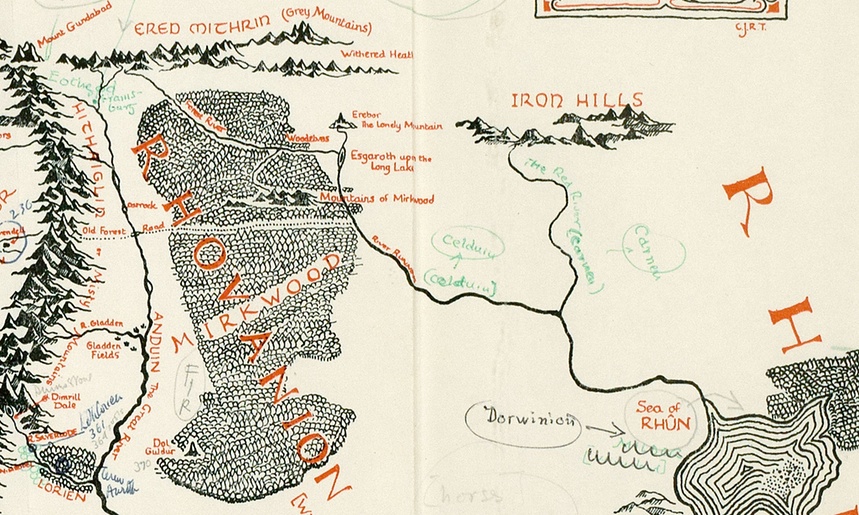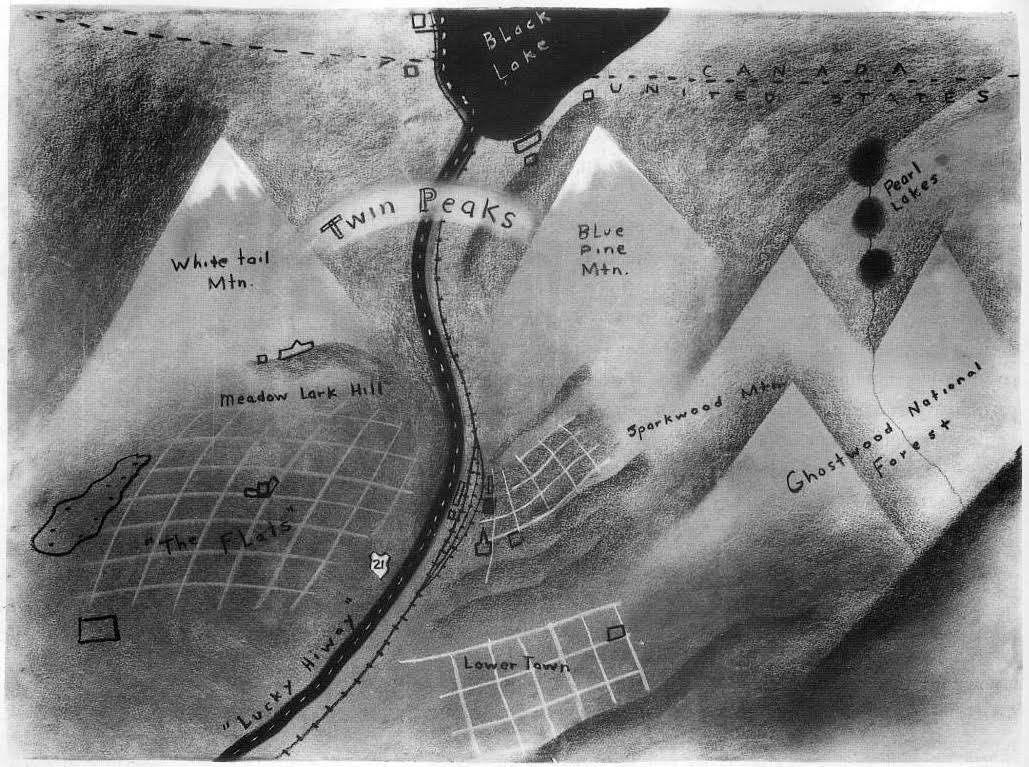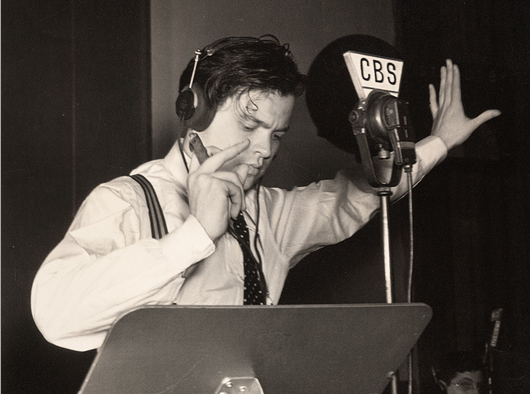In literature, graphic descriptions of menace and dismemberment by monsters are as old as Beowulf and much, much older still, though it wasn’t until Horace Walpole’s 18th century novel The Castle of Otranto inspired the gothic romance novel that horror-qua-horror came into fashion. Without Walpole, and better-known gothic innovators like Mary Shelley and Bram Stoker, we’d likely never have had Edgar Allan Poe, H.P. Lovecraft, or Stephen King. But nowadays when we think of horror, we usually think of film—and all of its various contemporary subgenres, including creepy psychological twists on good-old-fashion monster movies, like The Babadook.
But from whence came the horror film? Was it 1931, a banner horror year in which audiences saw both Boris Karloff in James Whale’s Frankenstein and Bela Lugosi in Tod Browning’s Dracula? Certainly classic films by masters of the genre, but they did not originate the horror movie. There is, of course, F.W. Murnau’s terrifying silent Nosferatu from 1922 (and the real life horror of its deceased director’s missing head).
And what about German expressionism? “A case can be made,” argued Roger Ebert, that Robert Weine’s 1920 The Cabinet of Dr. Caligari “was the first true horror film”—a “subjective psychological fantasy” in which “unspeakable horror becomes possible.” Perhaps. But even before Weine’s still-effectively-disorienting cinematic work disturbed audiences worldwide, there was Paul Wegener’s first, 1915 version of The Golem, a character, writes Penn State’s Kevin Jack Hagopian, that served as “one of the most significant ancestors to the cinematic Frankenstein of James Whale and Boris Karloff.“ Even earlier, in 1910, Thomas Edison produced an adaptation of Mary Shelley’s monster story.
So how far back do we have to go to find the first horror movie? Almost as far back as the very origins of film, it seems—to 1896, when French special-effects genius Georges Méliès made the three plus minute short above, Le Manoir du Diable (The Haunted Castle, or the Manor of the Devil). Méliès, known for his silent sci-fi fantasy A Trip to the Moon—and for the tribute paid to him in Martin Scorsese’s Hugo—used his innovative methods to tell a story, writes Maurice Babbis at Emerson University journal Latent Image, of “a large bat that flies into a room and transforms into Mephistopheles. He then stands over a cauldron and conjures up a girl along with some phantoms and skeletons and witches, but then one of them pulls out a crucifix and the demon disappears.” Not much of a story, granted, and it’s not particularly scary, but it is an excellent example of a technique Méliès supposedly discovered that very year. According to Earlycinema.com,
In the Autumn of 1896, an event occurred which has since passed into film folklore and changed the way Méliès looked at filmmaking. Whilst filming a simple street scene, Méliès camera jammed and it took him a few seconds to rectify the problem. Thinking no more about the incident, Méliès processed the film and was struck by the effect such a incident had on the scene — objects suddenly appeared, disappeared or were transformed into other objects.
Thus was born The Haunted Castle, technically the first horror film, and one of the first movies—likely the very first—to deliberately use special effects to frighten its viewers.
The Haunted Castle has been added to our collection, 4,000+ Free Movies Online: Great Classics, Indies, Noir, Westerns, Documentaries & More.
Related Content:
Martin Scorsese Names the 11 Scariest Horror Films: Kubrick, Hitchcock, Tourneur & More
Watch 8 Classic Cult Films for Free: Night of the Living Dead, Plan 9 from Outer Space & More
Josh Jones is a writer and musician based in Durham, NC. Follow him at @jdmagness





